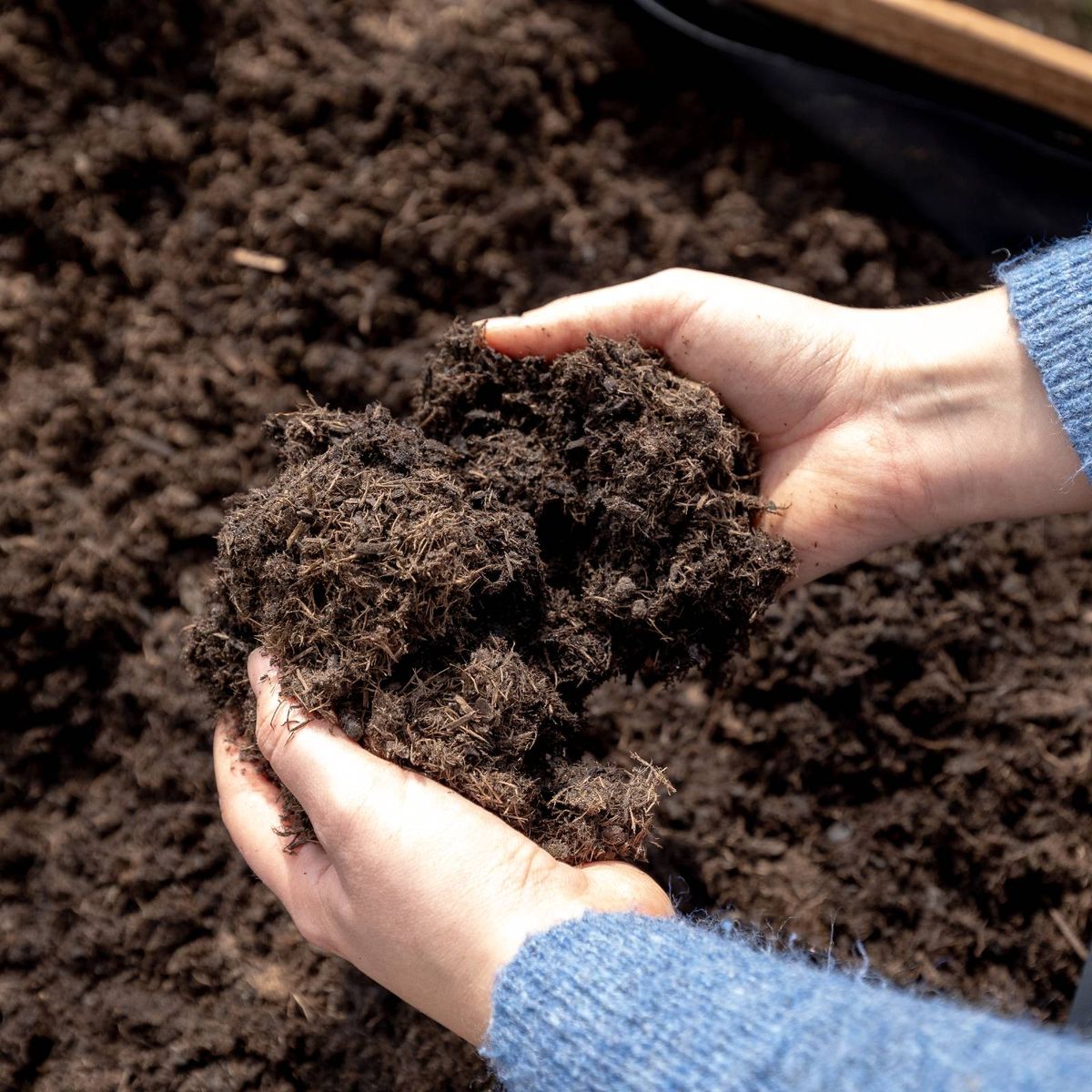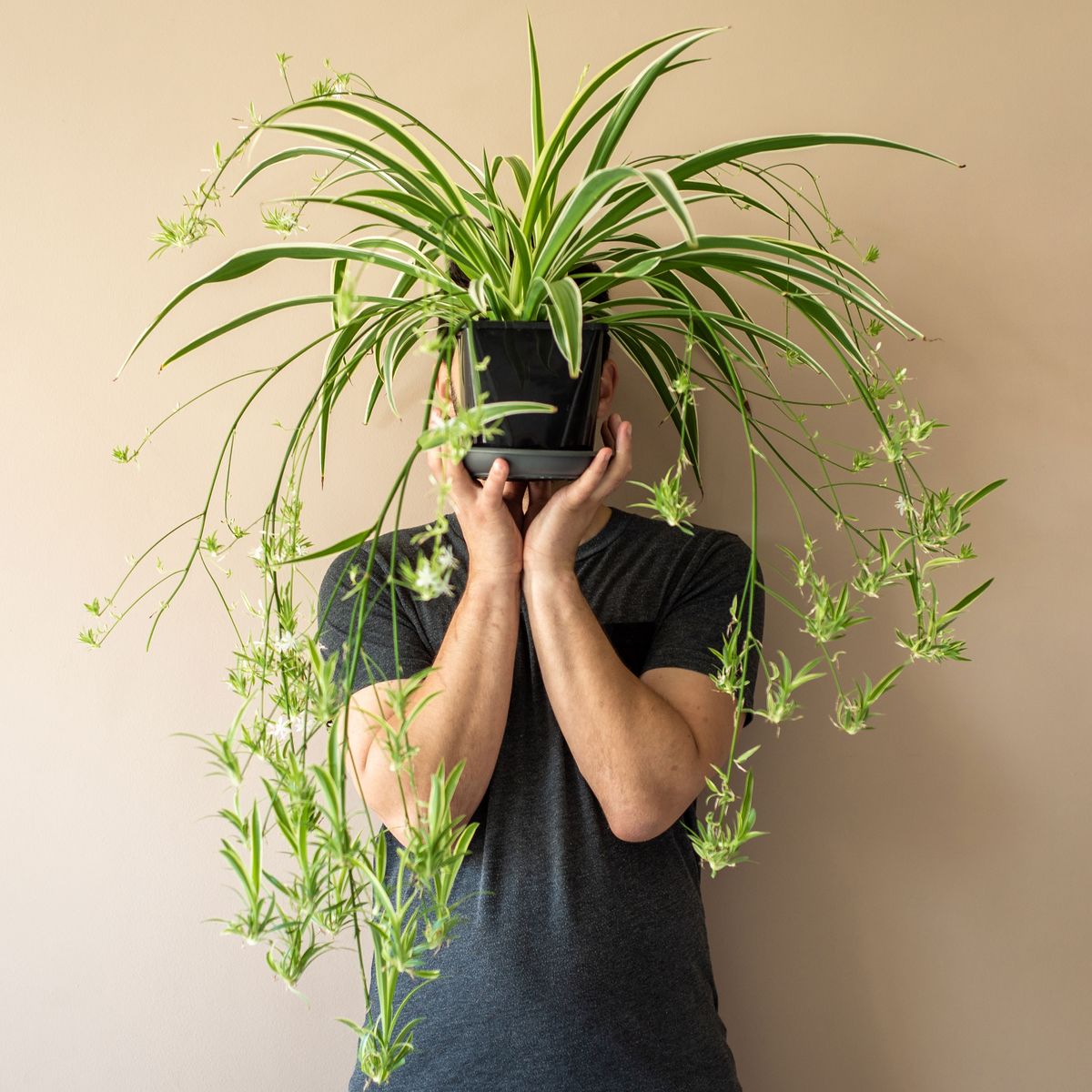The latter plant is native to South America and has much larger flowers. It has naturalized in parts of the southeastern US, where it smothers native species.
9. Groundnut
What a bland name for such a beautiful vine.
Groundnut, aka cinnamon vine (Apios americana), is a legume with 20-foot-long twining, herbaceous vines that drip in pink, purple, or reddish-brown racemes.


As with other legumes, it’s a nitrogen fixer, giving back to the soil.
It also pays you back with its delicious, potato-like tubers. Indigenous to eastern North America, it can be grown anywhere in Zones 4 to 9.
While groundnuts prefer full sun, they will tolerate partial shade.
10. Honeysuckle
Honeysuckle has earned a bad reputation for its invasive potential, but the native species are far more mild-mannered.


Coral honeysuckle (Lonicera sempervirens), indigenous to eastern North America, has fragrant coral flowers.
Its close relatives orange honeysuckle (L. ciliosa) and pink honeysuckle (L. hispidula) hang out west of the Rockies and are named according to their flower color.
All of them grow up to 20 feet long with a twining climbing habit in Zones 4 to 9.
While they will grow in partial shade, the best flowering happens in full sun, with some protection in the afternoon in hot regions.


‘Major Wheeler’ Honeysuckle
‘Major Wheeler’ is perhaps the most popular L. sempervirens cultivar. It has glorious red, salmon, pink, and orange blossoms, and heaps of them.
You can find plants available in #2 or #3 containers at Nature Hills Nursery.
You can learn more about honeysuckles here.
11. Hop Vine
You don’t have to love beer to adore the hops vine (Humulus lupulus).
Though the aerial parts die back to the ground in the fall, the vine grows up to 20 feet long in an astounding amount of time.
They can literally grow an inch an hour under ideal conditions.


One summer, I put the fast-growth claim to the test and watched my vines, marking them along the fence as you would a growing toddler. Yep, they grew that quickly.
Before we go any further, know that hops are technically bines.
Bines have a twining growth habit but they use small hairs to grip the structure rather than tendrils. But for the purposes of growing them in the garden, it doesn’t matter at all.
The female vines grow the cone-like structures that are used to brew beer and the males grow long green catkins. The leaves somewhat resemble grape leaves.
Most of the hops you’ll find for sale are from European stock, but there are three varieties indigenous to North America.
These are H. lupulus var. neomexicanus, var. lupuloides, and var. pubescens. These grow across the southwest, up through the midwest, and across the Atlantic seaboard.
However, European types have escaped cultivation and have hybridized with native varieties, so getting your hands on a truly native plant might be a challenge.
These plants grow in Zones 5 to 8 and need full sun.
Now, I’m not one to play favorites (I totally am), but if you’re looking for a suggestion, I’d recommend ‘Cascade.’
This cultivar features in many IPAs that I adore, but it was bred by the USDA and Oregon State University to be top-notch for making beer, on a highly productive vine that doesn’t grow too large at 15 feet, and has a nice balanced flavor in the cones.


‘Cascade’ Hops
I grow it as an ornamental and you’d better believe I inhale deeply when I brush past the vine. You can purchase live plants in quart-sized containers at Nature Hills Nursery.
12. Passionflower
Gorgeous purple maypops (Passiflora incarnata) are well known and loved in Zones 6 to 10, not only for their incredible flowers, but for the marvelous edible passionfruits that they produce.
But that’s not the only native passionflower in North America.


Yellow passionflower (P. lutea), with its pale yellow blossoms, grows in the same range across the eastern part of the continent from Canada to Mexico in Zones 7 to 11.
Fetid passionflower (P. foetida) grows in the southwest in Zones 9 to 11 and has smaller, mostly white flowers. The stinky part comes not from the blossoms but from the foliage, which has a strong odor when disturbed.
Corkystem passionflower (P. suberosa) grows in the south, with fleshy green flowers and deep blue fruits. Birdwing (P. tenuiloba) lives in the southwest in Zones 8 to 11 and is named for its wing-like foliage. The flowers are small and green.
All do best in partial sun and grow up to 15 feet long, attach using twining tendrils, and produce edible fruits, with varying levels of palatability.


‘Possum Purple’ Passionflower
For an option that is both beautiful and that produces flavorful fruits, ‘Possum Purple’ is an excellent choice. You can find it available at Nature Hills Nursery in #5 containers.
Learn more about growing passionflower here.
13. Peavine
Peavines aka sweet peas (Lathyrus spp.) are positively charming, and there’s a species that grows indigenously to basically every part of North America.


Nevada peavine (Lathyrus lanszwertii) covers the west, while flowered peavine (L. pauciflorus) takes up the Pacific Northwest.
Pacific peavine (L. vestitus) grows along the entire Pacific coast and beach pea (L. japonicus) makes the eastern seaboard its home (along with parts of Asia).
Veiny pea (L. venosus) fills in the midwest. They grow from Zones 3 to 9 and all are herbaceous twining plants that will die back in the winter in colder areas.










